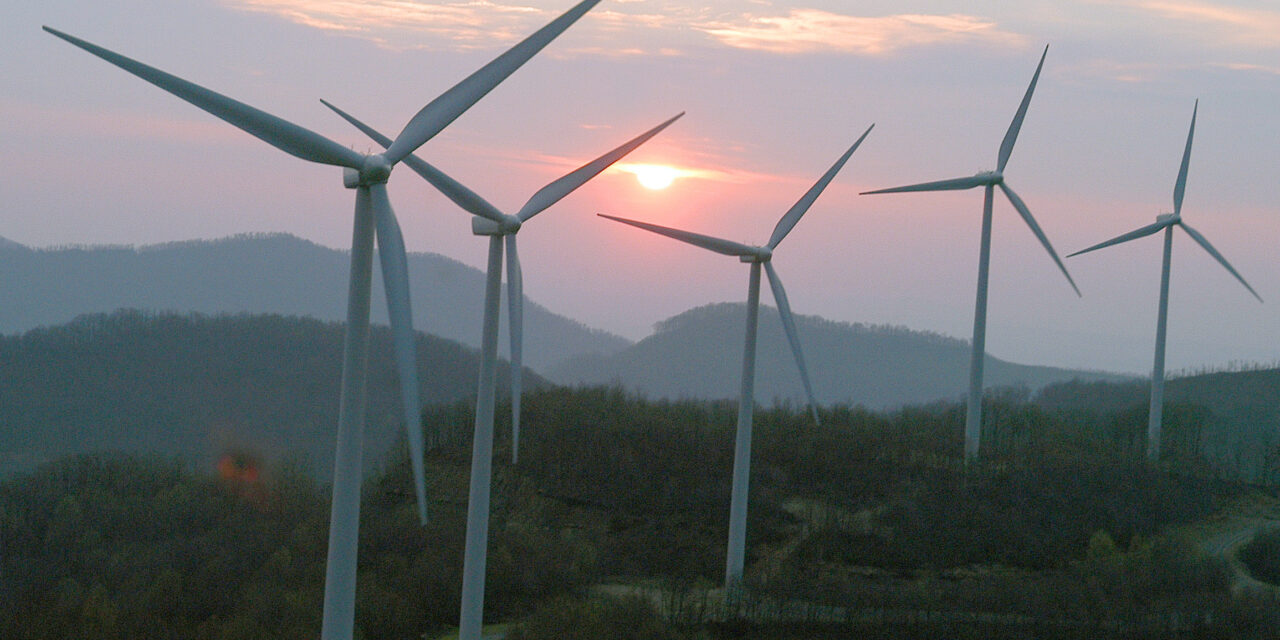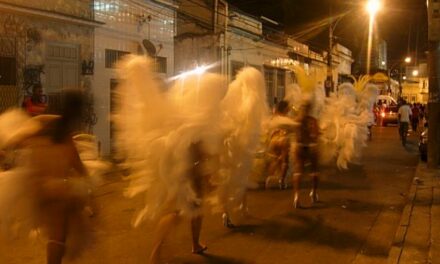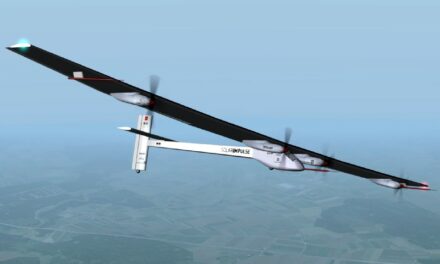On the morning of December 7, 2009, the United Nations Special Coordinator for Lebanon, Michael Williams, wrote a statement following a meeting with Prime Minister Saad Hariri after the Copenhagen Climate Change Conference. Williams wrote: “I think that Prime Minister Hariri has given a very good signal by attending the Summit and I very much hope that other Arab heads of government will follow. I know that several are already committed, but it’s a good sign that Lebanon is taking this conference very seriously.”
Hariri had plans for the energy sector
After returning to Lebanon, Hariri focused on energy. He drafted a plan to shift the country in the direction of natural gas and to incorporate 12 percent of renewable energy in the sector by the year 2020. The Lebanese Cabinet supported the target. Three years later, after Hariri had stepped down from public office, the energy crisis in Lebanon continues. Current electricity generation in Lebanon or the nominal supply is 2,300 MW, with an estimated 1,800 MW of real supply. Because the energy peaks at 2,600-2,700 MW in the summer months, a deficit of 1,000 MW is expected.
Wind power is a good alternative to electricity
The government is therefore seeking alternative energy sources and wind power is one of these. Any initiatives must cater to the preferences of Minister of Energy and Water Gebran Bassil, who has already expressed an interest in 60 MW, as well as those of the Lebanese Center for Energy Conservation. The organization works under the umbrella of the Ministry and the United Nations Development Programme to address renewable energy initiatives at
the national level.
Compared to other renewable sources in Lebanon, wind power is cheap (the anticipated cost is between $0.12 and $0.14 /kWh in Lebanon, half the current total energy average). Lebanon has capacity and investors are looking for opportunities. Albina s.a.l General Manager and Sustainable Environmental Solutions acting Chairman Salah Tabbara said that Lebanon had at least 1,500 MW of wind power potential to make use of, with an average estimated at 6,100 MW. As a “rule of thumb,” since electricity flows from power plants to transmission lines to distribution lines and then to consumers, “200-300 MW can easily be integrated into the existing Lebanese electricity system, equal to ten percent to 15 percent of the current conventional supply of power,” Tabbara said. “In fact, if 5000 MW is opted for by 2015 and beyond, then 1,000 MW of the renewable energy (equal to 20 percent of the total mix) can be added to the grid,” Tabarra added.
Developers are seeking opportunities
Developers have begun their due-diligence and prerequisites for wind farms. They have drafted master plans, secured long-term land leases, installed hub-height wind anemometers on the land, and so forth. A license is needed to start the process. Licenses and permits for independent power producers were introduced in 2002 under Law 463, which called for the establishment of the National Regulatory Authority. The regulatory and legislative framework intended to authorize generation forecasting and safety protocols, construction timetables and so forth. Promoting and disseminating renewable sources of energy in Lebanon is a question of policy. “Whether the policy is followed through Law 463 or some legal alternative is an issue to be decided by the Lebanese government,” said Tabbara, suggesting multiple or consecutive bids to ensure a “fair process.” Let’s hope that Minister Bassil’s “expression of interest” will bring a legitimate source of “green energy” to Lebanon sooner rather than later.







